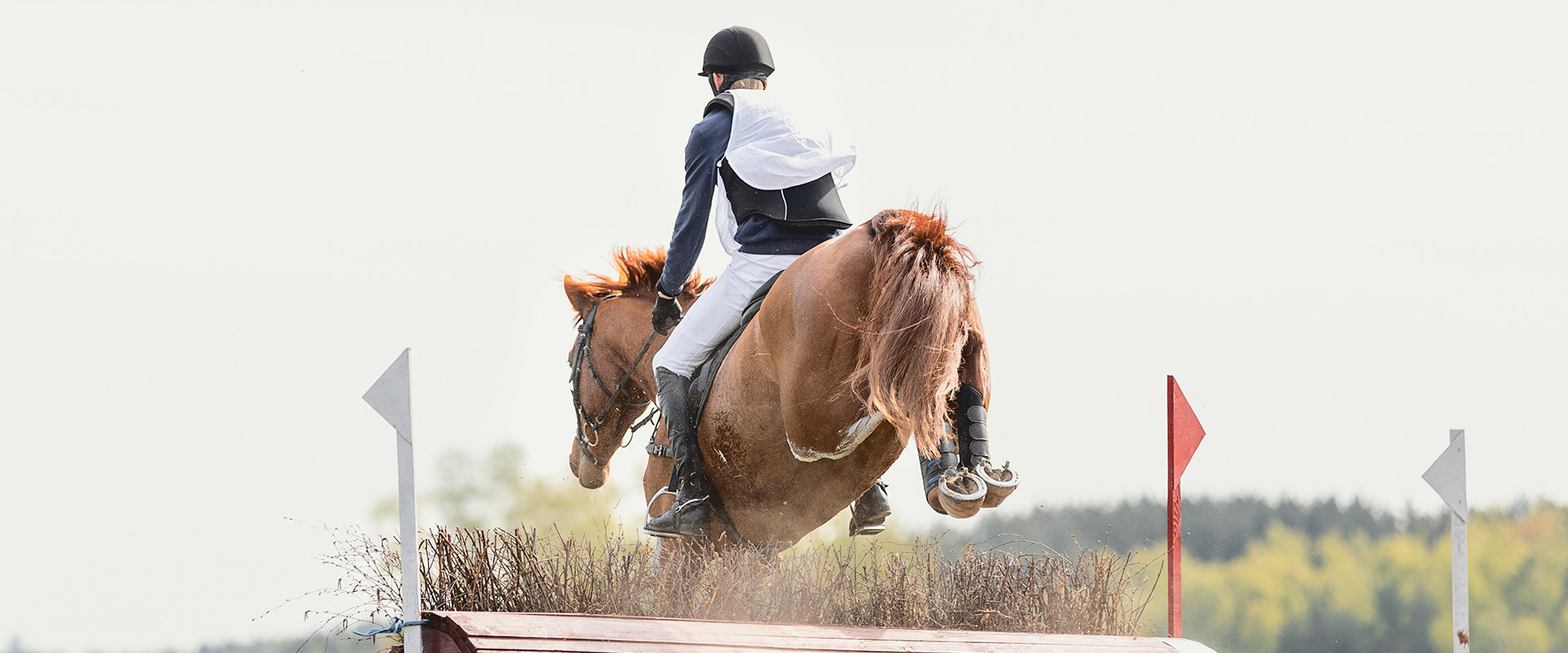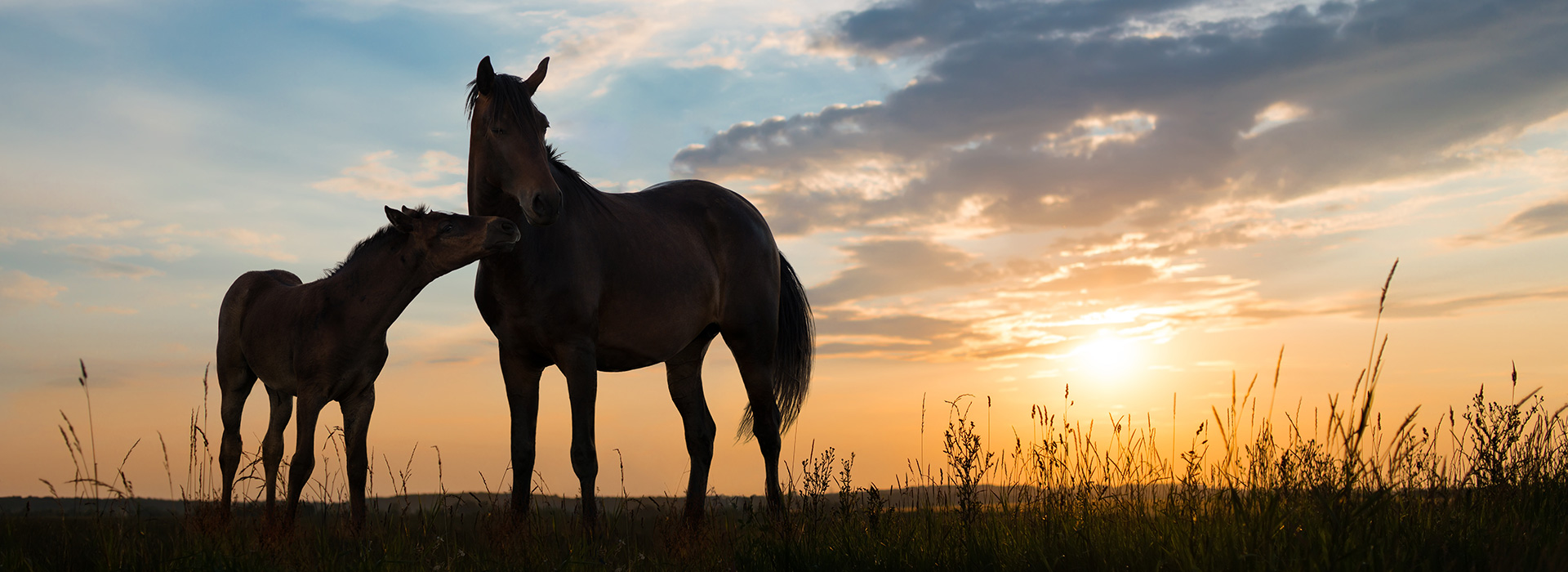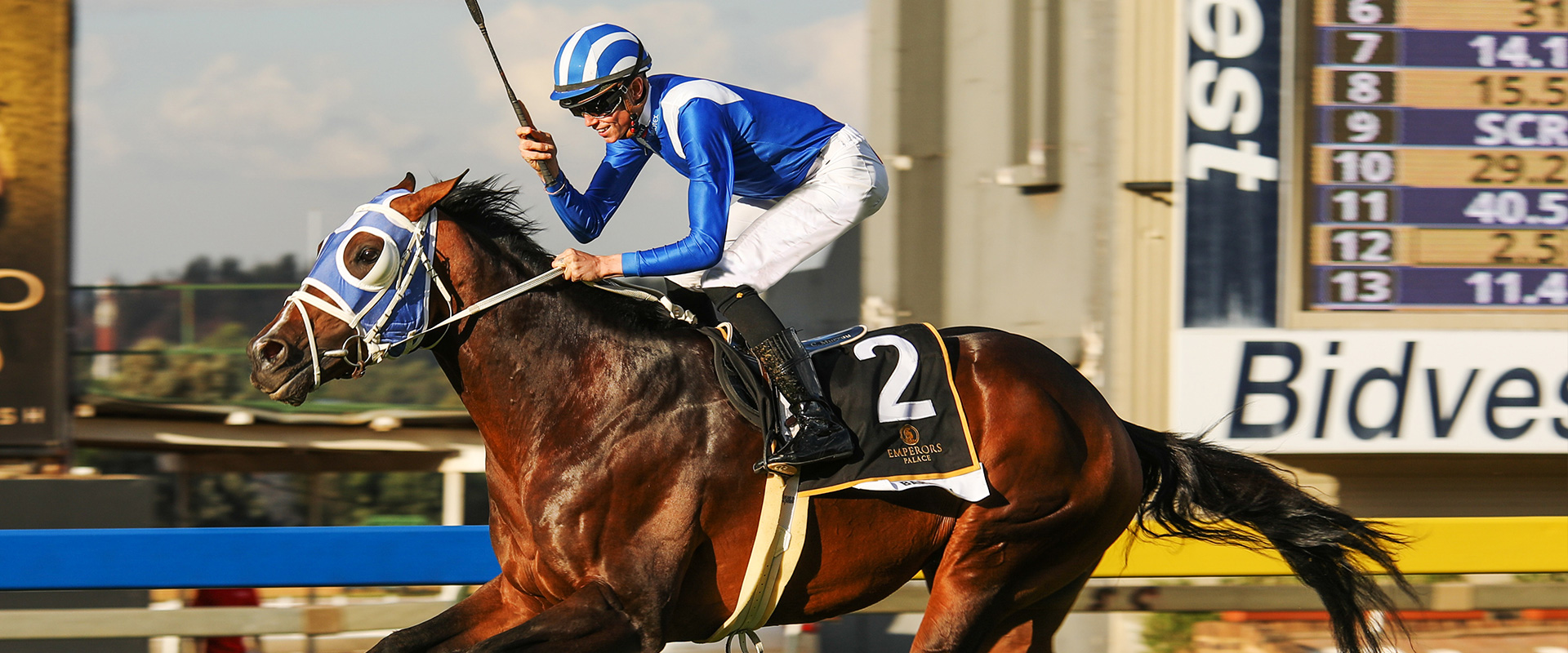Time to change – Changing your horses diet successfully
Horse owners may, at some stage, find it necessary to change their horse’s diet for reasons which might include changes in temperature, season, stage of growth or pregnancy and change in performance level. When changing a horse’s diet, however, great care should be taken both to avoid any digestive upsets and to give the new feed a chance to work.
Whether it is the concentrated feed, the hay or the pasture that is to be changed, colic or Laminitis could occur if the diet change is not planned properly and spread over a period of time.
The fermentation that occurs in the hindgut of the horse is a very complex and delicate process that can be disrupted by multiple factors, change being one of them.
The millions of bacteria in the gut have their own life cycles, while digesting the complex carbohydrates of ingested hay and other ingredients with the horse benefiting from the bacterial byproducts. If a badly planned change of diet occurs which “shocks” or changes the population of bacteria, the rate of fermentation changes along with the byproducts of the fermentation. In addition, disrupting normal fermentation can lead to rapid changes in the pH (acidity) of the intestine, which can further negatively impact on the normal population of bacteria and the whole digestive process.
There are many species of bacteria living within the horse’s gut including those that can cause illness if their population numbers become too high. In this situation, large numbers of “good” bacteria actually keep the numbers of potentially “bad” bacteria under control (competitive inhibition). This is one reason why the administration of some oral antibiotics can cause diarrhoea and illustrates why it is extremely important to make any changes in the type, and quantity, of feed slowly.
To maintain the delicate balance in the gut, the following guidelines may help when altering a diet:
Simply altering the amount fed
Any increases/decreases in the amount of concentrate given to a horse should be added/removed at approximately 200 grams per day (not more than ¼ kg) until the desired amount of concentrate is reached.
When introducing a new type of hay or new brand of concentrate
The new hay or concentrate should replace the old feed at a rate of 25 percent every other day, taking a total of 7-14 days for the new feed to be fully implemented. Feed intake, or eagerness to consume the diet, may decrease during this changeover period. If this occurs, more time may be needed for the horse to adjust to the new feed.
Change in Pasture
When a horse is turned out on new pasture all day, especially where the pasture is lush and green, the time on pasture should be gradually increased to avoid overeating. The time on pasture should be increased by one hour each day for four to five days. Some horses take more time to adjust to dietary changes than others. It is important thus to monitor the horse’s eating habits and health status carefully during this time.
Changing over from High Molasses containing Diets
Unfortunately, a large percentage of available products on the market today are composed mainly of bran and molasses. Although molasses is an important and very palatable source of energy, it should always be used sparingly. Molasses in a horse’s diet may be compared with feeding candy to children. Horses do love it, but it can cause an insulin spike which may not only affect blood sugar levels but also have an adverse effect on other body processes notably cartilage development, bone development, and body maintenance functions. It is important to keep in mind that diets focused on gut health or on particular diet related conditions (such as Laminitis, Insulin Resistance, Tying up), will normally contain less molasses than other concentrates available, and therefore it might take a little longer than normal to adapt horses to the new diet with less “candy” to chew on. In the long run though, it is worth the effort to adapt horses gradually to the new diet until they are used to it.
Changing to a High Fat Diet
As with all new feed additions, horses should be slowly introduced to the added oil/fat. Start with a small amount 20-60ml increasing by 20-40ml each week until the desired level is found. This may sound slow but it allows the horse’s digestive system to adapt to the fat, which will reduce the likelihood of soft manure, a typical, though usually transient, effect of using oil. It is important to note that complete metabolic adaptation to a high fat diet has been shown to be achieved in 11 weeks, but not in 6 weeks (Custalow et al., 1993).
Therefore, keep in mind that it will take a while before all the positive benefits of a high fat diet are noticeable.
Feed by Weight Not Volume
When changing to a new concentrated feed it is also important to ensure that the correct weight of the new feed and the feed scoop used are aligned. It is very important to ensure that horses are fed the correct portion of food by weight, and not by volume!
All feeds have different densities and thus do not weigh the same. Feeding instructions are also always given as a percentage of body mass so it is very important to establish the exact weight in kg of the horse, as well as how many kg the scoop holds of the specific product being fed.
Failing to establish the correct weight of the portion being fed can lead to considerable over- or underfeeding of the horse especially when changing to a new concentrate. Overfeeding can lead to the horse becoming obese which will take time to rectify but, more seriously, it can also cause severe colic. Underfeeding, especially performance horses, may lead to a lack of energy or even severe weight loss. While this can be rectified fairly quickly in healthy horses by feeding the correct quantities, often time is lost because the reason for weight loss or low energy levels is often sought elsewhere first. For example, the owner feels the product is not working when in actual fact it is the incorrect kg amount. Always begin by checking that the horse is fed the right amount by weight.
The table below illustrates just how easily the incorrect amount can be fed especially in a stable yard where more than one product is used:
A CONTAINER HOLDING 5 LITRES OF WATER WILL HOLD APPROXIMATELY:
1.5 kg Equus Cool ‘n Perform or Equus Safe ‘n Lite.
3.0 kg of a typical pelleted horse Cube.
2.9 kg of crushed maize.
1.6 kg of wheaten bran.
0.6 kg of milled lucerne.
6.5 kg of molasses syrup.
This clearly demonstrates how easily one can either over- or underfeed by considerable margins. This does not mean one cannot use the 5 litre bucket method to feed your horses. Simply weigh out the appropriate amount of concentrate and mark the bucket with a permanent marker to know up to where to fill it each time. This technique allows one to standardize the amount of concentrate being fed. Weighing the feed each time, however, is by far a more accurate way.
This further explains why the person responsible for feeding at a yard might be surprised should you change from a pelleted product to a muesli style product. Visually, it may appear that the new feed is being fed at nearly twice the rate of the previous one, but evaluating by weight shows clearly that this is not the case.
Some horses may self-regulate after changing feed
Some horses, especially those in more intensively managed yards, those changing from a low fibre diet, and those in poor condition may initially rush their food in anticipation and may actually eat more than what they need .
After a few weeks, however, the horse will generally start to slow their eating in order to regulate their body condition, and some may even leave a proportion of food once full. Often this is mistaken for not “enjoying the food” anymore.
Reducing the amount of food at this point will usually result in the horse once again eating all the food given. Alternatively, allowing the horse the entire evening to eat his feed will often also result in all food being consumed.
Horses are designed to eat little and often, so a slow eater is never a bad thing.
Allow horses time to chew
In the natural environment, horses will spend around 16 to 18 hours a day eating. If a horse is experiencing fewer turnouts due to weather, injury, or lack of pasture, it is important to keep them chewing for as long as possible to support their behavioural and digestive health.
Behaviour and Chewing
As mentioned above, wild horses are accustomed to eating for long periods of time and have a psychological need to chew. Once domesticated, however, humans imposed a more routine “meal” schedule rather than allowing the horse to trickle feed as nature intended. It is thought that this has influenced the development of stereotypical behavioural issues such as wood chewing or crib-biting.
Studies have shown that the type of food presented can influence the amount of time the horse spends chewing. For example 1 kg hay is chewed around 3,400 times in about 40 minutes but 1 kg oats is only chewed around 850 times in 10 minutes. Thus, more fibre requires longer chewing time thus keeping the horse occupied for longer.
Digestive health and Chewing
When it comes to overall digestive health, a good set of teeth is essential for the horse to get the most from his feed. This is because chewing helps break up food into smaller particles, allowing the essential nutrients inside to be more readily available. Research has revealed that feeding fibre results in larger, slower jaw movements and more even dental wear, whereas feeding high levels of concentrates can increase the likelihood of irregularities such as the overgrowth of enamel or sharp edges.
Another essential part of chewing is that it produces saliva. Saliva not only helps to lubricate the passage of food into the oesophagus but also contains natural bicarbonates that buffer acidity in the stomach. A horse’s stomach produces acid continually; saliva, however, is only produced when eating. Thus, in order for a horse to “buffer” his stomach acid, it needs to have the opportunity to chew. This protection is particularly important for the squamous or non-glandular lining of the stomach, where gastric ulceration is most common because saliva is one of the few protection mechanisms this area has.
To maximise saliva production it is important to provide ad lib fibre, as fibre provides more chewing time and thus more saliva.
Top tips
- Make the most of good quality forage and feed a high fibre ration.
- Feed little and often to mimic trickle feeding.
- Double-net hay for greedy eaters to slow the rate of intake.
- Add chopped fibre feeds if feeding mixes and cubes because adding fibre slows the rate of intake, increasing eating time.
- Do not be concerned if a horse takes a long time to eat. If this interrupts routines such as turnout or exercise, feed the bigger meal in the evening when there is time for the horse to eat slowly.




